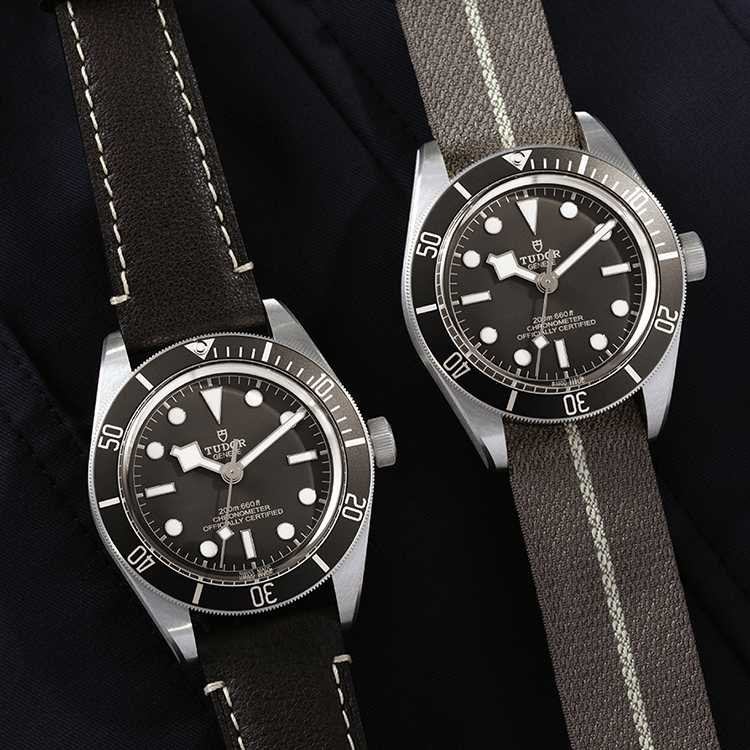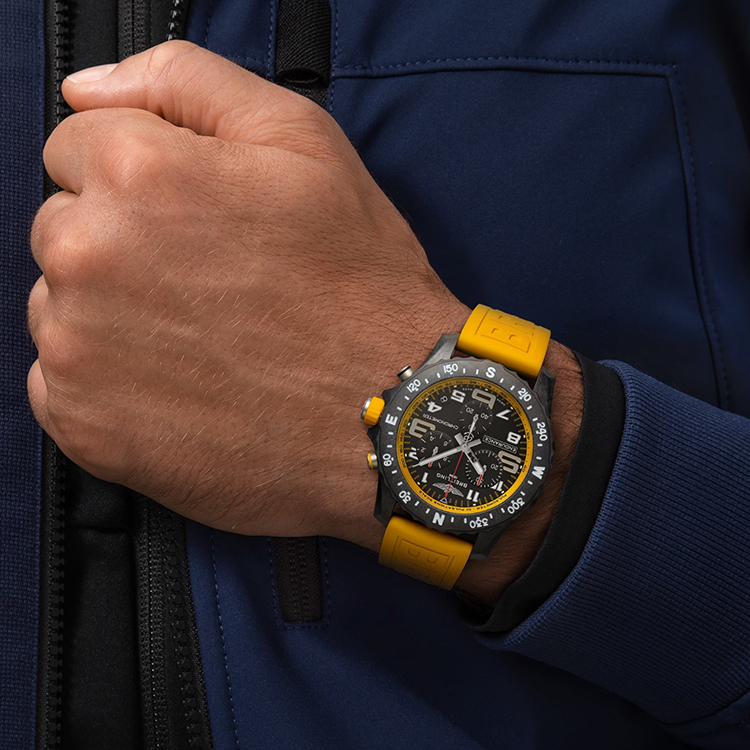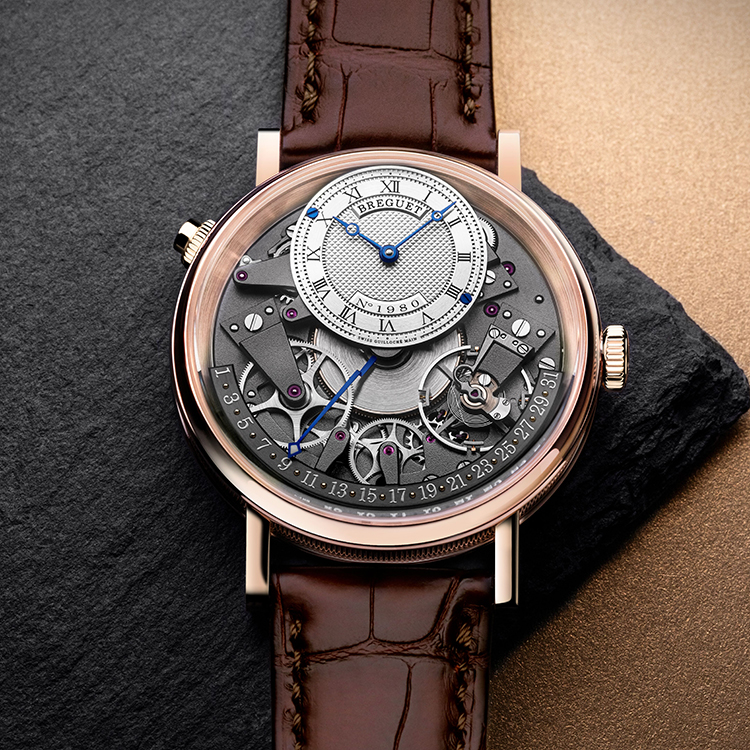
“Until recently,” wrote the New York Times in July 1916, “the bracelet watch has been looked upon by Americans as more or less of a joke. Vaudeville artists and moving-picture actors have utilized it as a funmaker, as a ‘silly ass’ fad.” But while the newspaper wasn’t sure what to make of the newfangled fashion for wristwatches, the most practical piece of ‘jewellery’ ever invented was here to stay – and its arrival had long been in the making.
For thousands of years, humans have found ways to harness the journey of the sun across our skies as they mastered timekeeping in myriad creative ways. One of humankind’s earliest clocks was nothing more than a stick and a creeping shadow. Ancient Egypt’s obelisks told the time on a grand scale, while the Romans used horologium. From candle clocks, water clocks and hourglasses, technology progressed to pendulums, then quartz and atomic clocks. What they all have in common is natural phenomena – such as the sun or the stars – and the counting of oscillations.
As timekeeping became more accurate, the means of displaying the time was finessed. It began reflecting the need for convenience, and long before the Apple watch, wearable tech had been around for hundreds of years. ‘Portable clocks’, the first iteration of wristwatches, can be traced back to the 1600s and fashionable women’s bracelets featured watches long before the Boer War in 1899 saw soldiers crafting their own makeshift watches. But it was the First World War that really cemented their place on men’s wrists.
As technology has taken us to ocean floors and into outer space, so wearable timekeeping has evolved. A century on, despite the near ubiquity of smartphones with their effortless global clocks, timers and stop-watch functions, mechanical watches continue to appeal and lead. In the world of horology, adding a level of timekeeping ability to a watch’s calibre – or mechanism – is called a complication. Design a stopwatch mechanism into a chronograph, for example, and the requisite calibre complication is fiendishly complex to integrate. The result is workmanship and understanding that, harking back to the lessons that went into those first shadow clocks, is thousands of years old.
Blancpain Bathyscaphe Flyback Chronograph
Time and the ocean have always moved together. From the daily cycles of tides and moonrise to the critical accuracy of diving chronographs, the passing of time has come to symbolise modern relationships with our oceans but is rooted in something far more universal. In 1953, Blancpain changed discovery of the underwater world when it launched the world’s first modern diving watch. The legendary ‘Fifty Fathoms’ design now has, as of late 2020, a Tropical Green sibling. The watch is an ongoing reflection of the Swiss brand’s dedication to the future of our oceans – as captured by the Blancpain Ocean Commitment partnerships, which support Pristine Seas expeditions, Laurent Ballesta’s Gombessa project, the World Ocean Initiative and the UN’s World Oceans Day. The legacy of close to 70 years of designing diving watches has so far contributed to extending marine protected areas around the world by more than four million km2.

TUDOR Black Bay Fifty-Eight 925
Luminescence is not something Tudor’s flagship line of diving watches is usually associated with, but the Black Bay Fifty-Eight 925 is all about the unexpected. Hans Wilsdorf founded the first iteration of the Tudor company in Geneva in 1926. It took only six years for the watches, guaranteed by Rolex at the time, to make their way to Australia. Paying tribute to the epoch of the brand’s first divers’ watchers in the 1950s – Tudor has long been relied upon by the French and US navies – the Black Bay Fifty-eight 925 is Tudor’s first diving watch in a sterling silver iteration. Elegant and sporty, the result is a modern dive watch that behaves like a classic, besides, that is, its silver casing. The design raised eyebrows when it was first unveiled: soft metal is very rare for a watch, but its bright aesthetic, particularly when paired with the warm taupe of the face and bezel are clear: this is a distinguished-looking watch that is a leap from safe territory – and the risk pays off.

Breitling Endurance Pro
Athletic and robust, lightweight and precise – Breitling’s Endurance Pro calls itself the ultimate athleisure watch, but its history places it somewhere more finely honed than the portmanteau might suggest. Founded by Leon Breitling in Saint-Imier, Switzerland in 1884, Breitling is famed for making designs that have been game-changing in the air, on land and in the sea. In particular, making its mark in the sky, where its chronographs accompanied pilots in some of WWII’s most infamous dogfights. Designed for men and women, eye-catchingly bright and bold, the watch is a long way from Willy Breitling’s pioneering aviation instruments of the 1940s, but taps into the same spirit of adventure and daring. And, if the brand is good enough for James Bond in his hunt for nuclear warheads, it may fit the bill for sport-loving mortals, too.

Breguet Tradition Quantième Rétrograde 7597
What was once hidden has now become the star of the show, proving that calibre is everything: peel back the layers and peer through sapphire crystal to witness the minutely precise inner workings of Breguet’s classically intricate design. Neuchatel-born Abraham-Louis Breguet left home in 1747 seeking to learn the skills of the master timekeepers of Versailles and Paris. From 1775, he made and sold watches in the French capital, with Queen Marie-Antoinette and Napoleon Bonaparte among his customers. Based on the souscription pocket watches of yesteryear, the Tradition Quantième Rétrograde 7597 was unveiled in 2020 and, from its accuracy-boosting ruby cylinder escapements to its sleek merging of modern horology solutions with tradition, the result is both edifying and entertaining – watch the date hand sweep across the watch face from 31 at the end of the month to 1 as each new month ticks over.
More than an iconic Melbourne landmark, 101 Collins Street is where influential businesses exchange exceptional ideas.